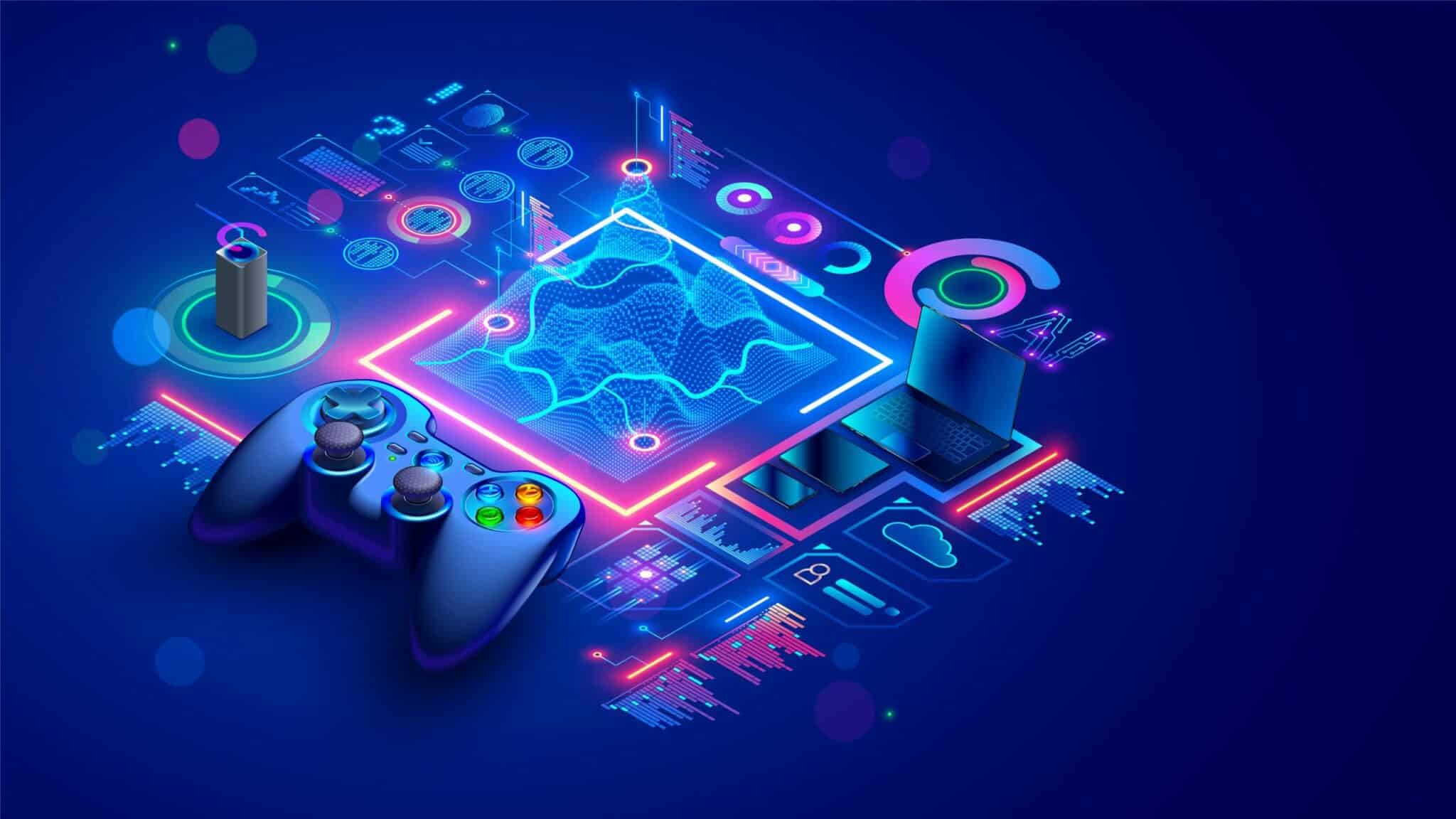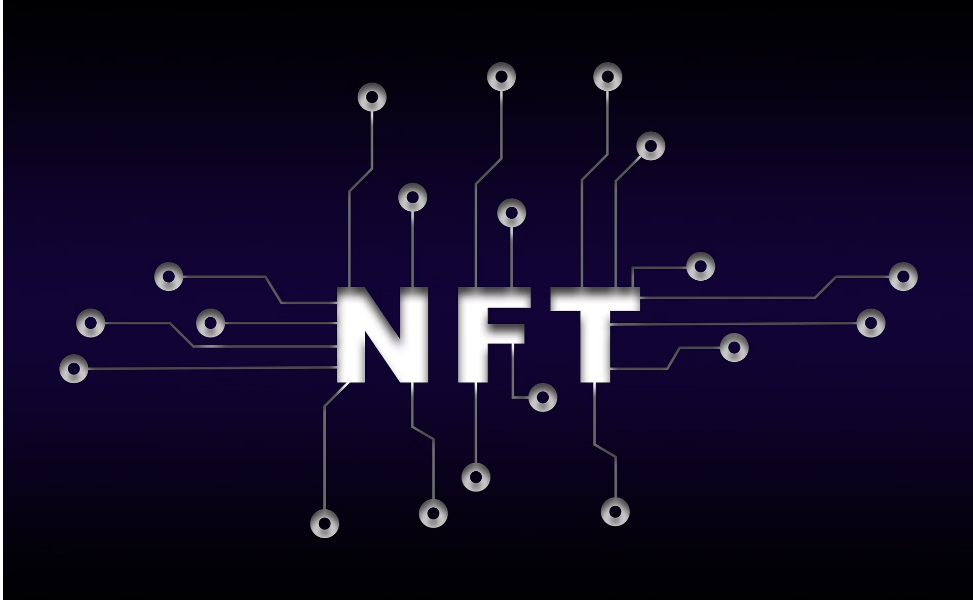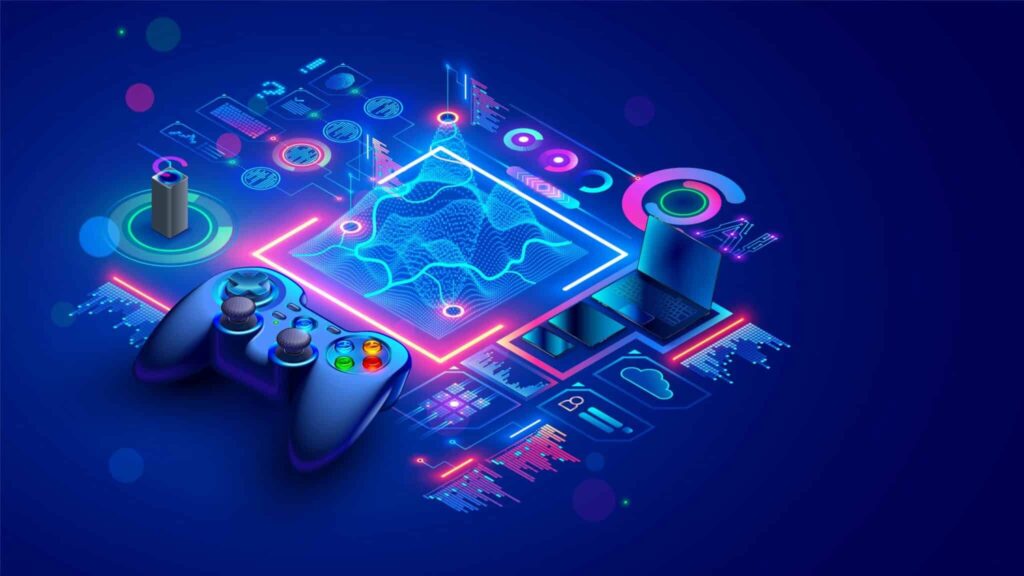The gaming industry has always been at the forefront of technological advancements and innovations. One such recent innovation that has taken the gaming world by storm is Non-Fungible Tokens (NFTs). NFTs have revolutionized the way in-game assets are owned, traded, and experienced, opening up new possibilities for game developers and players alike. In this article, we will explore the intersection of NFT game development, highlighting the innovations and best practices in this rapidly evolving landscape.
NFTs, or Non-Fungible Tokens, are unique digital assets that are stored on a blockchain, typically utilizing the Ethereum network. Unlike cryptocurrencies such as Bitcoin or Ethereum, which are fungible and can be exchanged on a one-to-one basis, NFTs represent ownership or proof of authenticity of a specific asset. In the gaming industry, NFTs are often used to represent in-game items, characters, skins, and other collectibles.
The integration of NFTs in game development has brought about a paradigm shift in how players interact with virtual worlds. It allows players to truly own their in-game assets, providing a sense of scarcity, uniqueness, and value. This ownership also enables players to trade or sell their assets both within and outside of the game ecosystem, creating new opportunities for players to earn real-world value from their gaming experiences.
Also Read: NFT as a Tool for Boosting Customer Engagement
Intersection of NFTs and Game Development
The integration of NFTs in game development has opened up exciting possibilities for both developers and players. Game developers can leverage NFTs to create unique gaming experiences, where players can collect, trade, and interact with virtual assets in a decentralized and secure manner. This integration also enables developers to create sustainable revenue models through the sale of NFTs and the implementation of play-to-earn mechanics.
Players, on the other hand, benefit from true asset ownership and the ability to monetize their in-game achievements. They can buy, sell, and trade NFTs on various marketplaces, creating a thriving economy around virtual assets. NFTs also enable players to transfer their assets across different games, promoting cross-game interoperability and enhancing the overall gaming experience.
Innovations in NFTs and Game Development
The combination of NFTs and game development has led to several exciting innovations. One of the notable advancements is the emergence of play-to-earn models, where players can earn real-world value by participating in the game. This model has the potential to empower players in regions with limited economic opportunities, allowing them to generate income by playing games.
Additionally, NFTs enable the ownership and trading of in-game assets, providing players with a new level of control and value. Players can invest in rare or unique NFTs, speculating on their future worth or simply collecting them as digital assets. This ownership aspect creates a sense of digital security and exclusivity, driving interest and demand within the gaming community.
Moreover, NFTs offer the potential for unique gaming experiences. Developers can create limited-edition NFTs tied to special events, tournaments, or achievements, rewarding players with exclusive items or privileges. This fosters a sense of community and excitement within the player base, driving engagement and loyalty.
Best Practices for NFTs in Game Development
While NFTs offer exciting possibilities, there are important considerations and best practices to ensure their successful integration in game development. Transparency and authenticity are crucial aspects to maintain player trust. Developers should provide clear information about the origin, scarcity, and ownership rights associated with NFTs. Implementing robust verification mechanisms can help prevent fraud and counterfeit assets in the ecosystem.
Balancing the in-game economy and gameplay is another critical factor. Developers must ensure that the acquisition and trading of NFTs do not negatively impact the game’s balance or fairness. Creating a sustainable economy where players can earn value without compromising the integrity of the gameplay is essential for long-term success.
Community engagement and support are also vital for NFT integration. Developers should foster open communication channels with players, seeking their input and feedback on NFT-related features and mechanics. This collaborative approach can lead to a vibrant and passionate community, driving the growth and success of the game.
Challenges and Considerations
While NFTs present exciting opportunities, several challenges and considerations should be addressed. Scalability remains a significant concern, as the current blockchain infrastructure may struggle to handle the increasing demand and transaction volume associated with NFTs. Scalability solutions and advancements in blockchain technology are necessary to ensure a smooth and seamless experience for players.
Environmental concerns surrounding the energy consumption of blockchain networks are also worth considering. The Ethereum network, for example, currently relies on a Proof-of-Work consensus mechanism, which consumes a substantial amount of energy. The development and adoption of more environmentally friendly alternatives, such as Proof-of-Stake or Layer 2 solutions, can help mitigate these concerns.
Furthermore, the regulatory landscape surrounding NFTs and game development is evolving. Developers need to stay informed about the legal and compliance requirements in different jurisdictions to ensure their projects are compliant and sustainable in the long run. Engaging with legal experts and industry associations can provide valuable guidance in navigating this complex landscape.
Future Trends and Opportunities
Looking ahead, the integration of NFTs in game development is poised for further growth and innovation. Cross-game interoperability is an exciting trend, where players can seamlessly transfer their assets between different games or virtual worlds. This interconnected ecosystem creates new opportunities for collaboration, creativity, and enhanced player experiences.
The concept of the metaverse, a virtual universe where players can interact with each other and digital assets, is gaining momentum. NFTs play a crucial role in building the foundations of the metaverse, allowing players to bring their assets and identities across various virtual worlds. This immersive and interconnected experience has the potential to redefine the future of gaming and social interactions.
FAQs
Q1. How do NFTs work in game development?
NFTs in game development represent unique digital assets that players can own, trade, and interact with. These assets can range from in-game items and characters to virtual land and art. NFTs utilize blockchain technology to ensure authenticity, scarcity, and ownership.
Q2. Can I make real money from NFTs in games?
Yes, you can potentially earn real-world value from NFTs in games. By owning and trading valuable NFTs, players can generate income and participate in the play-to-earn model. However, it’s important to note that the value of NFTs can be volatile, and success is not guaranteed.
Q3. Are NFTs environmentally friendly?
The environmental impact of NFTs depends on the underlying blockchain technology. Currently, popular blockchain networks like Ethereum use a Proof-of-Work consensus mechanism, which consumes a significant amount of energy. However, there are efforts to transition to more energy-efficient alternatives, such as Proof-of-Stake.
Q4. Can I use NFTs across different games?
Cross-game interoperability is a growing trend in the gaming industry. Developers are exploring ways to enable the transfer and use of NFTs between different games or virtual worlds. This interconnected ecosystem allows players to bring their assets and identities across various gaming experiences.
Q5. What is the future of NFTs and game development?
The future of NFTs and game development is promising. The concept of the metaverse, enhanced player experiences, and cross-game interoperability are some of the exciting trends on the horizon. As technology continues to advance and the ecosystem matures, we can expect further innovation and immersive gaming experiences.
Conclusion
The integration of NFTs in game development has brought about significant innovations and opportunities. Game developers can leverage NFTs to create unique gaming experiences, while players can truly own and monetize their in-game assets. However, it is crucial to follow best practices, address challenges, and consider the evolving regulatory landscape to ensure the successful and sustainable integration of NFTs in games.
NFTs and game development are evolving hand in hand, opening up new frontiers for creativity, ownership, and player engagement. As the gaming technology continues to advance and the ecosystem matures, we can expect even more exciting developments and immersive experiences in the world of gaming.



2 thoughts on “NFTs and Game Development: Innovations and Best Practices”